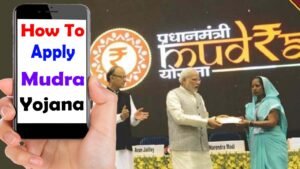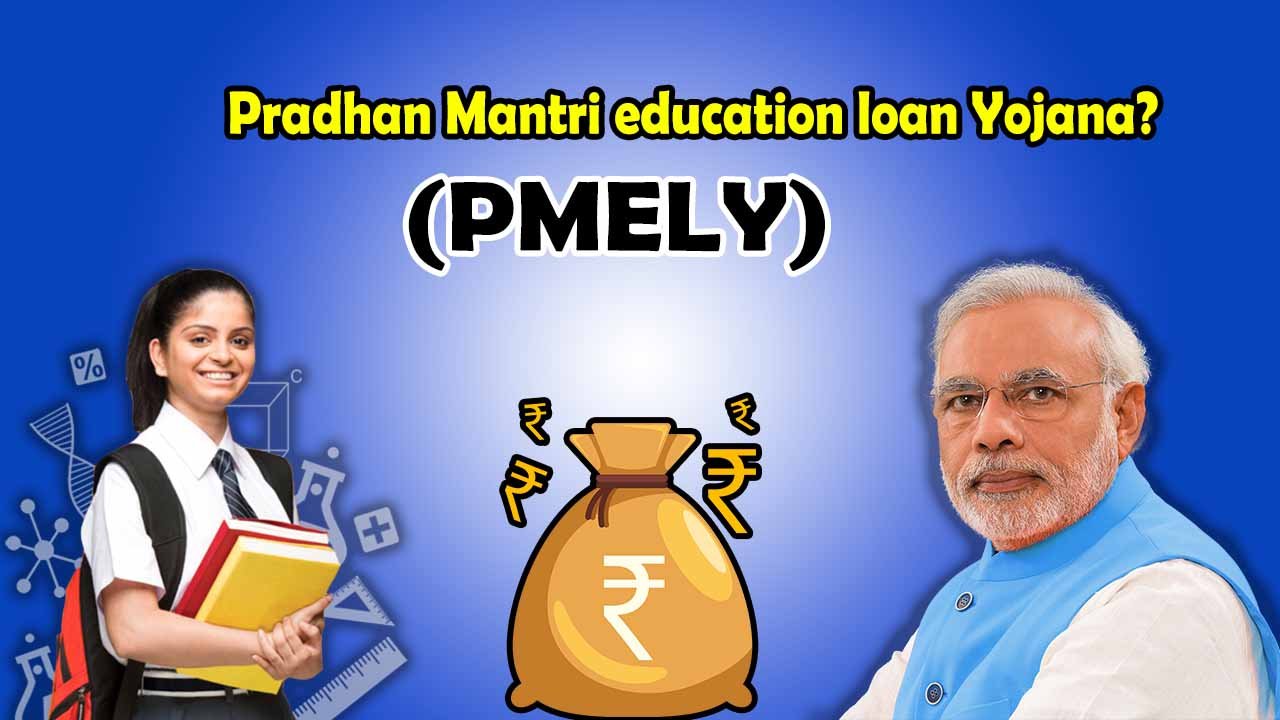In a diverse and dynamic country like India, education serves as the cornerstone for progress and development. Recognizing the pivotal role of education in shaping the future of the nation, the government has launched several initiatives to facilitate access to quality education for all. One such endeavor is the Pradhan Mantri Education Loan Yojana (PMELY), a scheme designed to empower students with the financial means to pursue their academic aspirations. However, navigating the eligibility criteria can sometimes seem like a labyrinth. Let’s embark on a comprehensive exploration to unravel the nuances of who exactly qualifies for this transformative scheme.
Indian Citizenship: At the heart of the PM Education Loan Yojana lies the principle of inclusivity, extending its benefits to Indian citizens across the length and breadth of the nation. Whether hailing from the bustling metropolises or the serene countryside, any aspiring student with Indian citizenship can aspire to leverage this scheme to fuel their educational journey.
Age Limit: While education knows no bounds, the eligibility criteria often delineate an age bracket within which applicants should ideally fall. This ensures that the scheme caters to individuals at a stage in their academic journey where the support provided can yield maximum impact. Whether fresh out of high school or seeking to upskill later in life, there are provisions tailored to accommodate diverse age groups.
Academic Qualifications: Education serves as the bedrock upon which aspirations are built. Thus, possessing the requisite academic qualifications is paramount for aspiring beneficiaries of the PMELY. Whether it’s securing a certain percentage in high school examinations or possessing equivalent certifications, academic prowess paves the way for accessing the benefits of the scheme.
Admission to Recognized Institutions: The quality of education is as critical as its accessibility. Therefore, the scheme mandates that beneficiaries seek admission to institutions that meet stringent accreditation standards. By aligning with recognized universities and colleges, students can rest assured that their educational endeavors are backed by credibility and excellence.
Course Eligibility: Education is a mosaic of diverse disciplines, each contributing uniquely to the fabric of society. The PM Education Loan Yojana recognizes this diversity by encompassing a wide spectrum of courses, ranging from traditional academic pursuits to cutting-edge vocational programs. Whether nurturing the next generation of engineers, doctors, artists, or entrepreneurs, the scheme caters to myriad educational aspirations.
Financial Background: While the primary aim of the scheme is to alleviate financial barriers to education, eligibility isn’t contingent solely upon economic status. Rather, it embraces students from various financial backgrounds, acknowledging that financial need can manifest in multifaceted ways. Whether hailing from humble beginnings or middle-class households, deserving students find a pathway to realize their educational dreams.
Loan Repayment Capacity: Beyond extending a helping hand, the scheme aims to foster self-reliance and sustainability among beneficiaries. Hence, applicants are evaluated not only on their financial need but also on their ability to repay the loan in the future. Factors such as employability prospects, career trajectories, and anticipated income are considered to ensure that beneficiaries can embark on a trajectory of lifelong success.
Documentation: Amidst the flurry of paperwork, documentation emerges as a cornerstone of the application process. From identity proofs to income certificates, the meticulous compilation of documents serves as a testament to the applicant’s earnestness and commitment. By adhering to the stipulated documentation requirements, aspiring beneficiaries pave a smooth path towards accessing the benefits of the scheme.
In essence, the Pradhan Mantri Education Loan Yojana represents a beacon of hope and opportunity for countless aspiring students across the nation. By deciphering the eligibility criteria and navigating the application process with diligence and determination, individuals can unlock the doors to a future brimming with promise and potential. It’s not just about securing a loan; it’s about investing in one’s dreams and aspirations, laying the foundation for a brighter tomorrow, one student at a time.
Frequently Asked Questions (FAQs) – Pradhan Mantri Education Loan Yojana:
1. What is the Pradhan Mantri Education Loan Yojana (PMELY)?
The Pradhan Mantri Education Loan Yojana (PMELY) is a government scheme aimed at providing financial assistance to deserving students to pursue higher education in India. It aims to make education more accessible by offering loans at subsidized interest rates and with flexible repayment options.
2. Who is eligible for the PMELY?
Eligibility for PMELY typically includes Indian citizenship, meeting age criteria, possessing the necessary academic qualifications, securing admission to recognized institutions, enrolling in approved courses, demonstrating financial need, and having a reasonable repayment capacity. Specific eligibility criteria may vary based on scheme guidelines and lending institutions.
3. What are the benefits of the PMELY?
The PMELY offers several benefits, including access to funds for tuition fees, hostel expenses, purchase of books and equipment, and other educational expenses. The scheme provides loans at subsidized interest rates, flexible repayment options, and may also offer moratorium periods during the course duration and grace periods for repayment after completion of the course.
4. What documents are required to apply for PMELY?
Applicants typically need to submit various documents, including proof of identity, address, academic records (such as high school certificates), admission letter from the institution, income certificates (if applicable), and any other documents specified by the lending institution.
5. How can I apply for PMELY?
The application process for PMELY may vary depending on the lending institution offering the loan. Generally, applicants can apply online through the respective bank or financial institution’s website or by visiting their branches. It’s essential to carefully review the eligibility criteria and documentation requirements before initiating the application process.
6. Is there any subsidy available under PMELY?
Yes, PMELY offers subsidized interest rates on education loans, making it more affordable for students. The exact subsidy amount and other terms may vary based on the scheme guidelines and government policies.
7. Can I apply for PMELY if I want to study abroad?
PMELY is specifically designed to support higher education within India. However, there may be other government schemes or financial assistance options available for Indian students planning to study abroad. It’s advisable to explore alternative funding sources and scholarships tailored for international education.
8. How does loan repayment work under PMELY?
Loan repayment under PMELY typically begins after a specified moratorium period, which may include the course duration and a grace period after completion of the course. Repayment terms and conditions, including interest rates and tenure, are outlined by the lending institution and may vary based on individual circumstances.
9. Can I avail of PMELY for any educational course?
PMELY covers a wide range of approved courses, including undergraduate, postgraduate, professional, and technical programs. However, it’s essential to ensure that the course you intend to pursue is recognized by relevant regulatory bodies and eligible under the scheme guidelines.
10. Is there any maximum loan amount limit under PMELY?
The maximum loan amount under PMELY may vary depending on factors such as the course pursued, the institution’s fee structure, and the lending institution’s policies. Typically, the loan amount covers tuition fees, hostel expenses, books, and other educational expenses, up to a specified limit as per the scheme guidelines.
Read More...
- Pradhan Mantri education loan Yojana? Eligibilities for (PMELY)

- How To Apply Mudra Loan Scheme | Micro Units Development &Refine Agncy Ltd.

- Loan Against Insurance Policy | Is It Possible to take loan against Any policy

- What is a Vehicle Loan? | How Does It Work?

- What is Gold loan | How to apply Gold loans | Interest rates

- Best International Student Loans of 2024 | Student Loans For Study In USA

